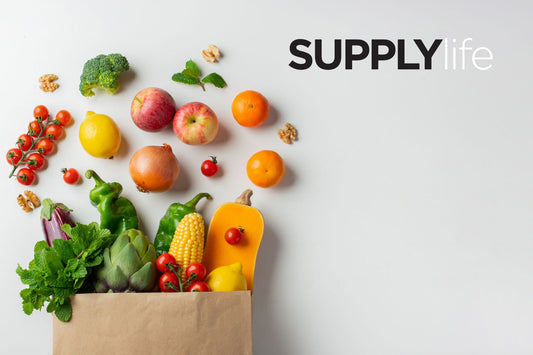Living with a gluten intolerance can present unique challenges, especially when it comes to managing snack foods. However, with a little knowledge and planning, it's entirely possible to enjoy delicious and satisfying snacks without compromising your health. In this comprehensive guide, we will explore various alternatives, coping mechanisms, and tips to help you successfully navigate the world of snack foods as someone with a gluten intolerance.
Understanding Gluten Intolerance
Gluten intolerance, also known as celiac disease or non-celiac gluten sensitivity, is a condition in which the body reacts negatively to the consumption of gluten—a protein found in wheat, barley, rye, and certain other grains. People with gluten intolerance experience a range of symptoms, including digestive issues, fatigue, headaches, and skin problems.
Reading Labels and Identifying Hidden Gluten:
One of the first steps in managing a gluten intolerance is to become adept at reading labels. Look for foods labelled "gluten-free" or those that bear a certified gluten-free seal. However, it's important to note that some gluten-free products may still contain traces of gluten due to cross-contamination during manufacturing. Therefore, reading ingredient lists and identifying hidden sources of gluten is crucial. Common culprits include malt, modified food starch, and hydrolysed vegetable protein.
Gluten-Free Snack Alternatives
Fortunately, there are numerous gluten-free snack alternatives available that are both delicious and satisfying. Here are some ideas to keep your snack game strong:
- Fresh Fruits and Vegetables: Nature's original snack foods are naturally gluten-free. Enjoy an assortment of fresh fruits and vegetables like apple slices, carrot sticks, or grapes.
- Nuts and Seeds: Pack a punch of nutrition with gluten-free options like almonds, walnuts, cashews, or sunflower seeds. They are rich in healthy fats and provide a satisfying crunch.
- Rice Cakes and Corn Tortilla Chips: These versatile snacks can be enjoyed on their own or with various gluten-free dips, such as hummus, salsa, or guacamole.
- Yogurt and Cheese: Opt for plain yogurt and add your favourite fruits or gluten-free granola for a wholesome and creamy snack. Cheese cubes or string cheese are also great choices.
- Gluten-Free Granola Bars: Look for gluten-free options that are specifically labelled, or consider making your own using gluten-free oats, nuts, and dried fruits.
- Popcorn: Air-popped popcorn is an excellent gluten-free snack. Customise it with various seasonings like sea salt, nutritional yeast, or herbs for a tasty twist.
- Gluten-Free Crackers: Explore the wide array of gluten-free cracker options available, such as rice crackers, corn crackers, or seed-based crackers.
- Gluten-Free Baked Goods: Indulge your sweet tooth with gluten-free baked goods made from alternative flours like almond, coconut, or tapioca. Banana bread, cookies, and muffins can be made gluten-free without sacrificing taste.
Coping Mechanisms and Tips: Managing a gluten intolerance requires some planning and mindfulness. Here are some coping mechanisms and tips to make your snack management easier:
- Plan Ahead: Prepare your snacks in advance to avoid being caught in a situation where only gluten-containing options are available. Portion out snacks into small containers or snack bags for easy grab-and-go convenience.
- Educate Yourself: Stay informed about gluten-free options at restaurants and food establishments in your area. Apps and websites can provide valuable information on gluten-free-friendly establishments.
- Communication: Inform your friends, family, and colleagues about your gluten intolerance to ensure they understand your dietary needs when it comes to shared snacks or social gatherings.
- Pack Your Own Snacks: When travelling or attending events, bring a small supply of your favourite gluten-free snacks to keep you fuelled and satisfied.
- Explore Gluten-Free Recipes: Embrace the joy of cooking and explore gluten-free recipes that allow you to create delicious snacks at home. Experiment with alternative flours and discover new flavours.
- Seek Support: Joining support groups or online communities can provide valuable advice, tips, and emotional support from others living with gluten intolerance.
Want to Learn More About Your Gut Health?
If you think you are intolerant to gluten or any other foods, take matters into your own hands and order a home food intolerance test today!






